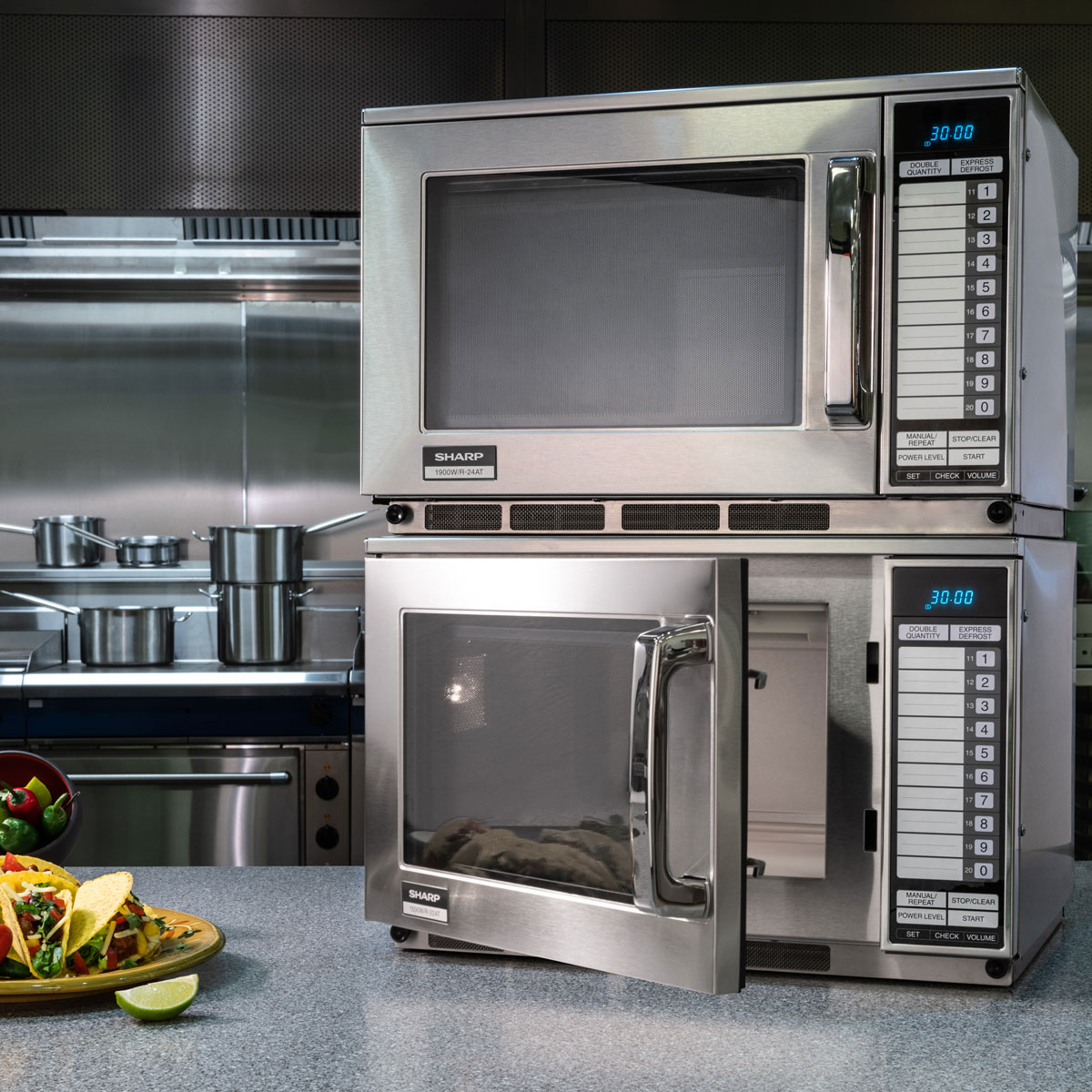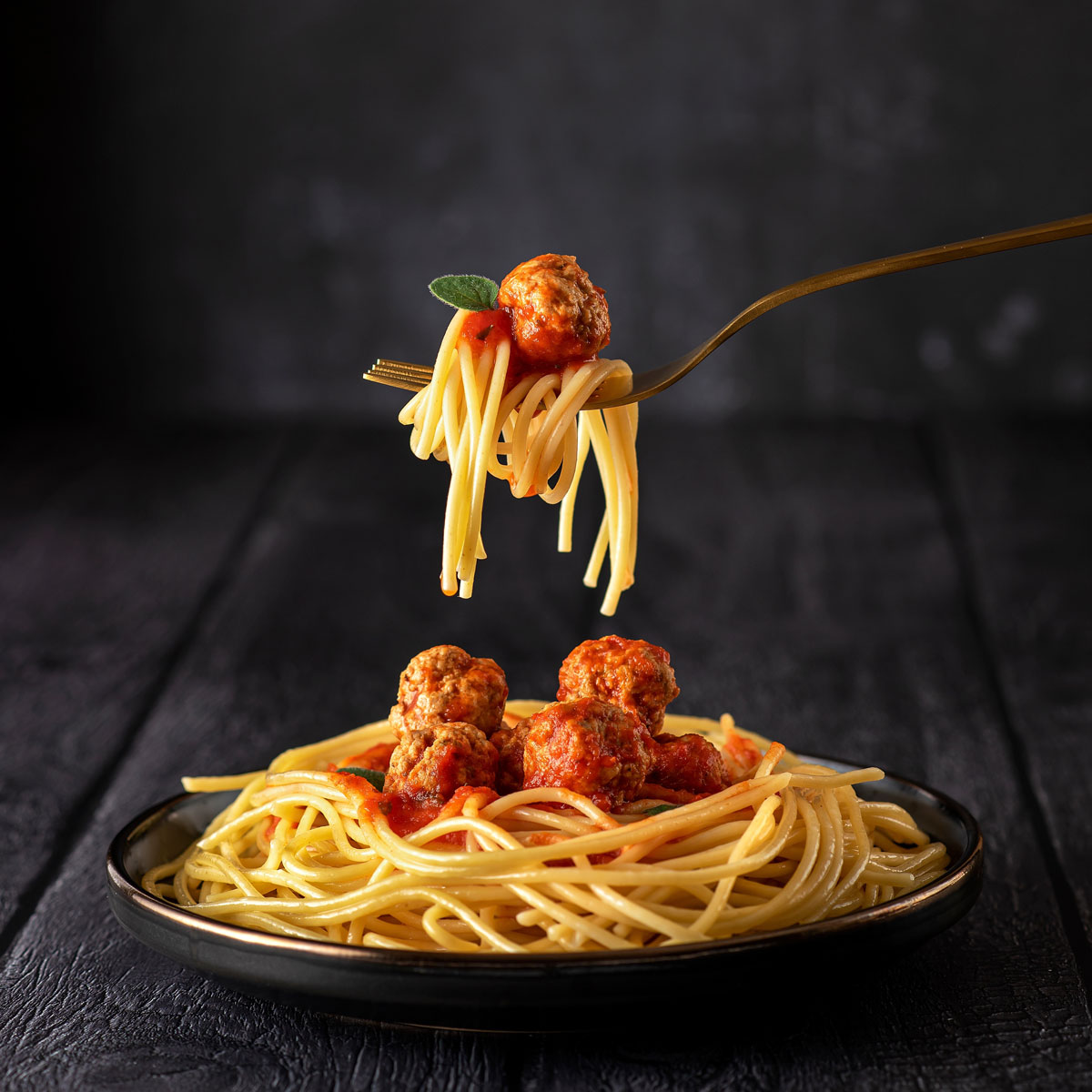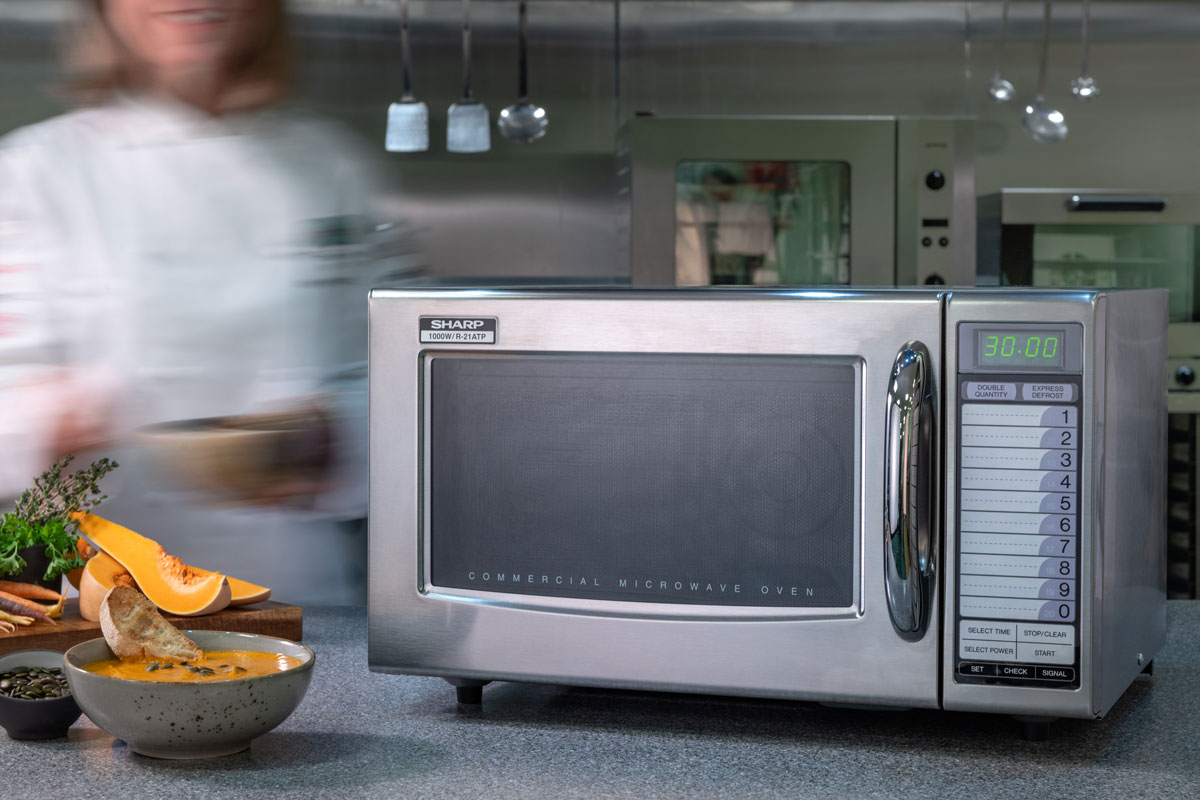 After what has been a slow start to the year for many, the summer months could provide a ray of hope for bar and pub operators, with a packed calendar of sporting events helping to attract customers to the trade.
After what has been a slow start to the year for many, the summer months could provide a ray of hope for bar and pub operators, with a packed calendar of sporting events helping to attract customers to the trade.
And with venues hoped to be busy, the ability to prepare food quickly and efficiently might help take the pressure off hard-pressed teams.
Commercial equipment specialists argued that microwaves are particularly suited for use in high-volume venues.
“They’re particularly useful for locations where fast service is required, as they can reduce cooking times by 50% compared to, for example, a conventional convection oven,” said Paul Anderson, chair of FEA, the Foodservice Equipment Suppliers Association.
And the range of uses commercial microwaves can be put to is often underestimated, according to Duncan Vipas, head of sales at equipment supplier RH Hall.
“The true versatility of a microwave can often be overlooked,” he said.
“Many foods and dishes can be cooked very well in a microwave oven.”
“Many foods and dishes can be cooked very, very well in a microwave oven: sauces, meat, fish, vegetables, fruit, pasta, rice and eggs can all be cooked with great results.”
As the technology continues to develop, the range of dishes suitable for microwave cooking grows.
Vipas said: “With inverter technology now available on some models, operators can consider foods that might not normally suit microwave cooking.
“A traditional microwave set at 50% will pulse by switching power on and off throughout the cooking period, which can lead to uneven results in some foods.
“Inverter technology will provide a precise and constant supply of power at 50%, making it easier to cook or reheat foods slowly and defrost dishes to perfection.
“Thanks to precise temperature control, you can cook, reheat or defrost a far greater variety of dishes that conventional microwaves were previously not able to prepare to the same high standard.
“By providing the operator with precision control, it is perfect for defrosting or heating delicate foods, as well as providing ultra-fast regeneration times with a high power 1800W output.”
Anderson at the FEA agreed, saying equipment manufacturers have ‘helped to reinvent microwave technology by combining it with other forms of cooking to create equipment that is powerful, flexible and fast’.
Advancements in technology have not just made the equipment more versatile.
They’ve made it easier to use as well.
“These compact units can cook quickly and, thanks to modern control systems, recipes can be programmed in, allowing staff to achieve consistent results with minimal training,” said Anderson.
“What’s more, they’re ideal for helping to maximise the productivity of smaller locations.

“They’re ideal for pubs, as using compact systems frees up more working space.”
“They’re ideal for pubs, as using compact systems frees up more working space for staff.”
He added that modern units are fitted with a variety of connectivity features that record all manner of data that can then be put to use by the operator.
“This means operators can automatically record all operational data generated by their equipment, which can deliver valuable insights into how it’s being used and ways they can change to improve efficiency, as well as providing advance warning of any issues before they develop,” said Anderson.
With so many units now on the market, choosing the right one for a particular venue is likely to be a little more complicated than it once was, but this is where suppliers really come into their own.
“We are often asked how to choose the right kind of microwave and always advise operators to look at their menu offering and decide what tasks the microwave oven should undertake,” said Vipas at RH Hall.
“It is very important to choose the correct microwave oven wattage.”
“It is very important to choose the correct microwave oven wattage.”
Enough power is essential, said Vipas, but people can find themselves in just as much trouble if they opt for too high an output.
He explained: “If too low, frustrations can be caused by delays, and if too high, it will be difficult for the user to judge the timing of small portions.
“Whilst it is common for caterers to choose speed (the higher the output the faster reheat times), it is also very important to understand that for some food products too much speed will destroy smaller portions of food or the delicate and sugary types of products.”
And while there may be a temptation to save a few pounds by pressing a domestic or cheaper, imported model into service, these savings are likely to be a false economy, said Vipas.
“Always choose from a commercial range of microwaves,” he said.
“[Customers] shouldn’t be tempted to go down the domestic route – these units simply aren’t built for the rigours of a professional kitchen.
“Likewise we would also recommend that cheap imports are also avoided – the testing, safety and product back-up that are offered by the leading brand names are often not available with a cheap import.”

“A good quality machine should come with a minimum of one year warranty.”
In fact, licensees were advised to pay close attention to the warranty on offer before purchasing their microwave.
“Always check the warranty offering available,” said Vipas.
“A good quality commercial machine should come with a minimum of one year on site parts and labour warranty – with many of the leading manufacturers now offering up to three years.”



















